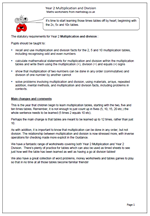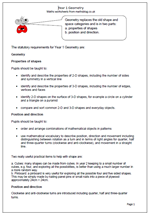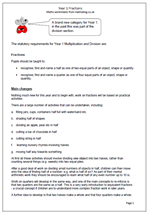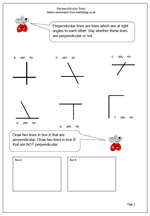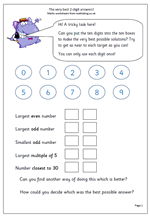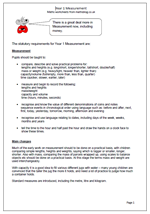 Here are the statutory requirements for Measurement in Year 1. There is a great deal more in Measurement now, including money and time.
Here are the statutory requirements for Measurement in Year 1. There is a great deal more in Measurement now, including money and time.
Measurement
Pupils should be taught to:
• compare, describe and solve practical problems for:
lengths and heights (e.g. long/short, longer/shorter, tall/short, double/half)
mass or weight (e.g. heavy/light, heavier than, lighter than)
capacity/volume (full/empty, more than, less than, quarter)
time (quicker, slower, earlier, later)
• measure and begin to record the following:
lengths and heights
mass/weight
capacity and volume
time (hours, minutes, seconds)
• recognise and know the value of different denominations of coins and notes
sequence events in chronological order using language such as: before and after, next,
first, today, yesterday, tomorrow, morning, afternoon and evening
• recognise and use language relating to dates, including days of the week, weeks, months and years
• tell the time to the hour and half past the hour and draw the hands on a clock face to show these times.
Main changes
Much of the early work on measurement should to be done on a practical basis, with children comparing simple lengths, heights and weights, saying which is bigger or smaller, longer, shorter. Also with mass, comparing the mass of parcels wrapped up, using scales to balance objects etc should be done on a practical basis. At this stage the terms mass and weight are used interchangeably.
With capacity it is a good idea to fill various different jugs with water – many young children are convinced that the taller the jug the more it holds, and need a lot of practice to judge how much a container holds.
Standard measures are introduced, including the metre, litre and kilogram.
Year 1 Measurement statutory requirements
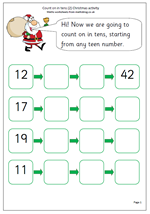 We are rapidly approaching the Christmas season in schools, with plenty of work going on preparing concerts, nativities etc. but the maths work still needs to go on, so here are a couple of worksheets for Year 1 children with a Christmas feel to them.
We are rapidly approaching the Christmas season in schools, with plenty of work going on preparing concerts, nativities etc. but the maths work still needs to go on, so here are a couple of worksheets for Year 1 children with a Christmas feel to them.